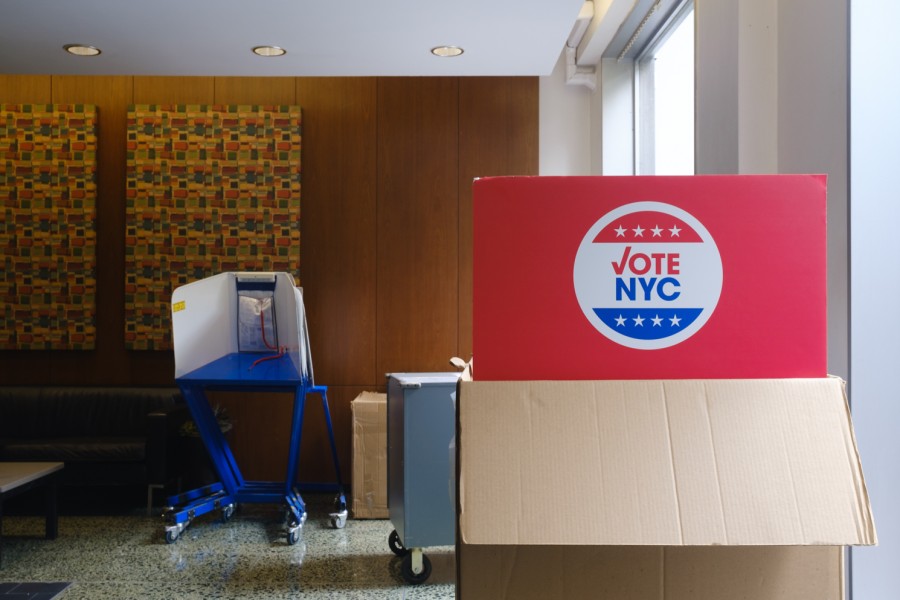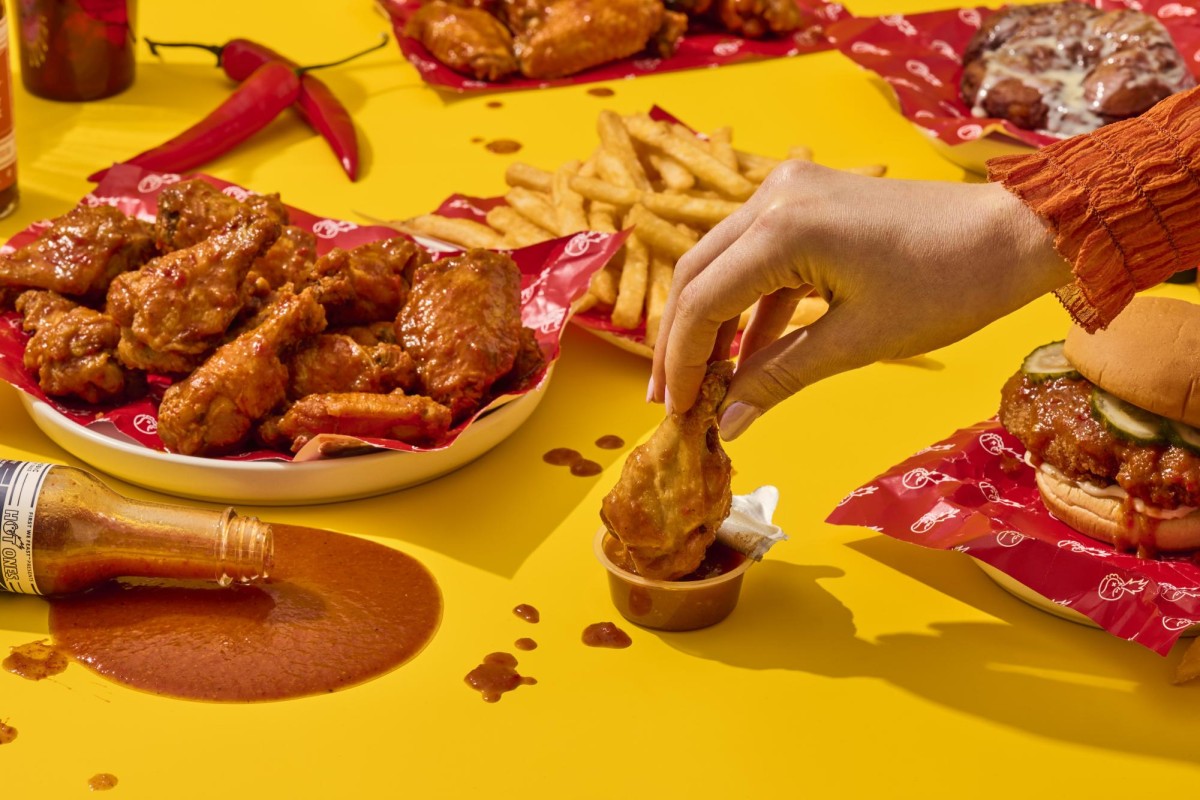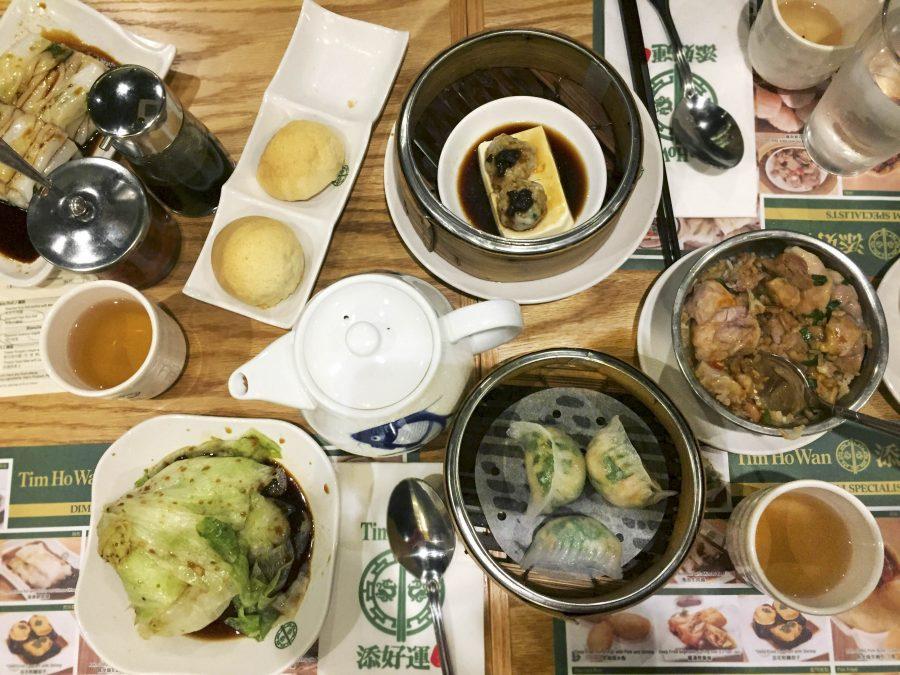Michelin-Starred Food For College-Sized Wallets: Tim Ho Wan
For many, eating at a Michelin-starred restaurant seems like an unrealistic goal considering the often astronomical prices. Thankfully, Tim Ho Wan, the cheapest Michelin-starred restaurant in the world, is located nearby at 85 Fourth Ave.
March 1, 2017
Everyone wants to eat at a Michelin-starred restaurant. Unfortunately, some of us cannot afford to spend that amount of money. Luckily, you can finally check it off your bucket list at Tim Ho Wan, the cheapest Michelin-starred restaurant in the world.
Tim Ho Wan requires customers to check off items on a paper menu to order, whereas in many dim sum restaurants a server rolls a cart to each table and places a specific stamp on guests’ cards to mark their orders. The fare includes steamed, pan-fried, baked, deep-fried and blanched selections, in addition to rice rolls and congee. The prices range from $3.75 to $5.50 per item, pricier for the small portion sizes. Customers should be wary not to order too much as the bill can stack up quickly.
Dangerously close to campus, on Broadway and 10th Street, Tim Ho Wan had its grand opening on Jan. 18. The buzz over their dim sum has caused lines of curious foodies to wrap around its facade.
The chain originated as a small hole-in-the-wall in Hong Kong, with only 20 seats and no fame to its name. Created by executive chefs Mak Kwai Pui and Leung Fai Keung, the tiny eatery was awarded its single Michelin star. The East Village location — under the direction of New York Chef Wai Chan — marks Tim Ho Wan’s 45th restaurant and its first in North America.
Each location has a slightly different menu that reflects regional palates.The East Village restaurant serves deep-fried vegetable spring rolls, custard-filled French toast and alcohol, all of which are unique to this specific location. It is an interesting choice for the chain to both bring deep-fried food, European-inspired food and alcoholic drinks and remove more traditional items from the menu to their first American location.
Boasting only 60 seats and many hungry diners, wait times can creep up to three and a half hours. But Tisch freshman Lizzy Blum has the dim sum joint figured out.
“The key is to go kind of early on a weekday,” Blum said.
Blum has visited the restaurant five times, and with this trick her wait time has averaged approximately 15 minutes.
If you do decide to try the famous dim sum, Blum said you must try the har gow, the egg cake and the shrimp rice rolls. The baked barbecue pork buns are also said to be incredible. Their teas — whose prices start at one dollar — are another staple. However, there are only three vegetarian items on the menu, making it very difficult for people with dietary restrictions to eat here.
Despite the interesting flavors and culinary fame, Tim Ho Wan still has fierce competition with the other and those in search of authentic tastes, dim sum places scattered throughout the city. For die-hard dim sum fans, this chain may not be the best place to visit because of the American additions that stray slightly from the traditional cuisine.
Email Drew Lederman at [email protected]












































































































































